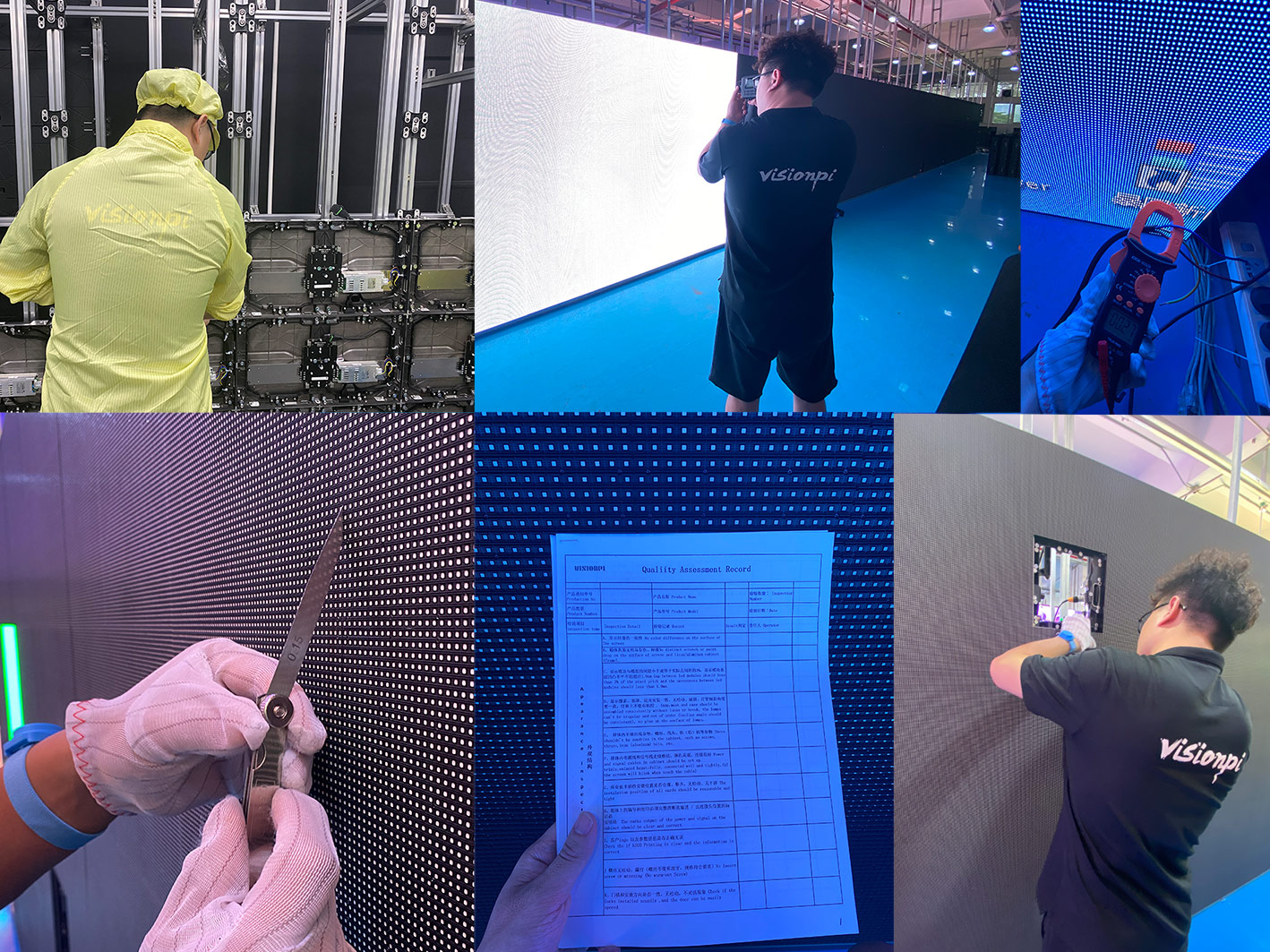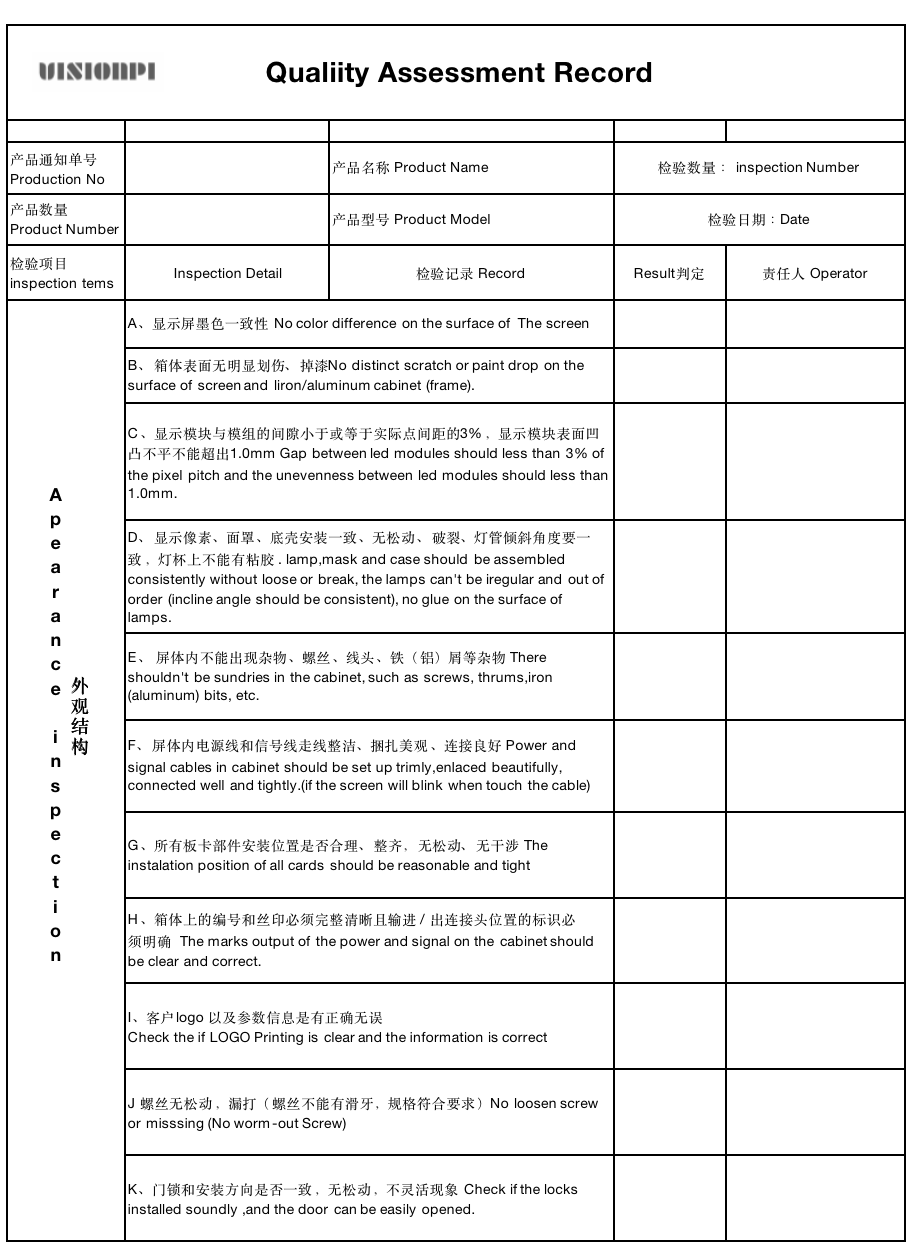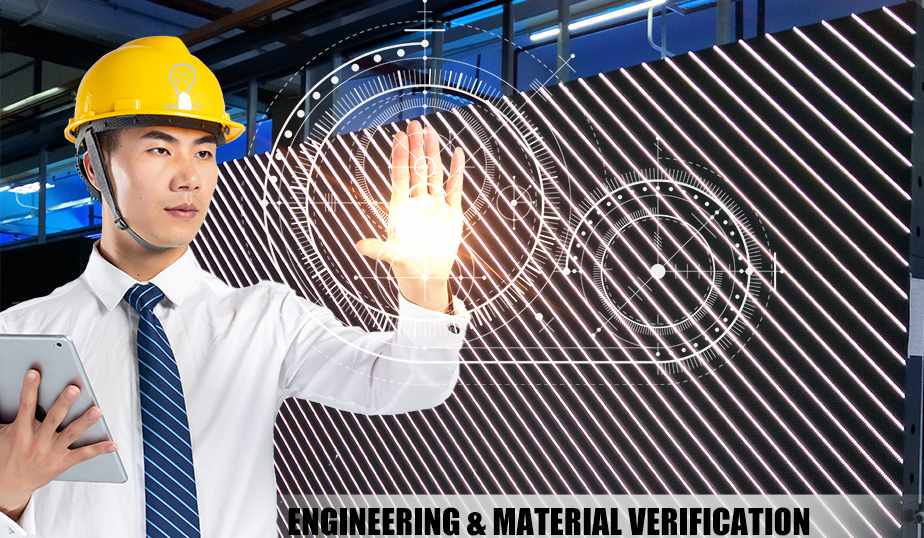LED Display White Paper

Why this guide?
Understand the industry
Understand the specification and get what you want

Accurate information matters
Contact us for a 33 pages free copy white paper


Accurate information matters
Contact us for a 33 pages free copy white paper

An exclusive professional department with more than a decade of experience in advertising LED screen manufacturing will thoroughly study your needs and the technical concepts required for a new order.
We will design the frames of a big LED screen to adapt to the features and sizes requested by you perfectly.
We will assemble the manufactured structure in such a way that there is no visual separation in the whole unit. All the inside pieces will be placed according to a pattern and perfectly aligned by laser.
We will program the assembling of electronic and LED equipment to assure that only the parts corresponding to your order are used. This is one of the most complex and delicate tasks of the entire process. It is the most important phase of creating the LED advertising screen.
We will assemble the circuits we manufacture to create complete panels, which are fully functional and capable of reproducing a full-color image.
We will adjust the LED panels to light and chromatic levels to ensure that sharpness and color are the same in the entire LED advertising screen. To do this, we will use photoelectric sensors measuring chromatic patterns adjusting and memorizing each LED component.
We will assemble the structural frames and parts to form complete units capable of reproducing videos.
We will activate the screen as a whole and carry out exhaustive testing. Once all the tests prove smooth functioning, we will proceed to the image management and control phase.
We will reproduce several test videos during the image control phase. We will analyze the chromaticism and its quality level. Finally, we will tune everything to adjust the whole unit.
We will carefully pack the LED screen into a high-resistance package to ensure product protection during transportation.
Quality control of LED display is a process of ensuring that the LED display screen meets the desired standards of performance, reliability, and color accuracy. There are several aspects of quality control of LED display, such as:

Managing quality is a bit like coaching a professional sports team. A big part of the job is about repeating the same thing over and over, to get the basics right.
If you buy a led display from a supplier located thousands of miles away and rooted in a different culture, There should be an order confirmation letter to the customer to check and sign back before arrange the productionyou really need to focus on the basics:
First, you have to think of the best way to guide an inspector through the job. For LED DISPLAY inspection checklist, it generally involves:
Then, at each stage, you need to think about what details to check. and what standard?
Once you know what needs to be checked, the most important questions are:
VISIONPI QC is a Sino-foreign joint venture quality assurance, project management, and product engineering agency based in China. We are dedicated in A&V products for decades and our key focus is on transparency and control in your supply chain. We offer startups and SMEs the expert assistance you need on the ground in China to improve your relationship with, management of, and quality from your Chinese supply chain,We never hold any of your information for ourselves to ‘lock you in’ We work exclusively for you, and we share and investigate all the information we have in or out of our database for you.
